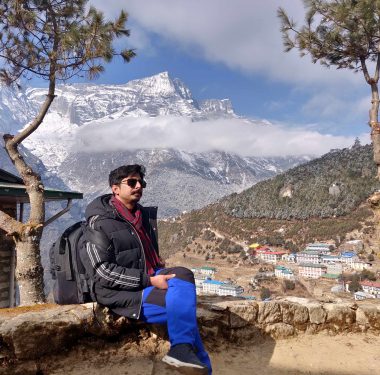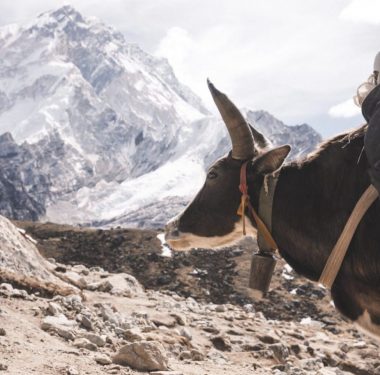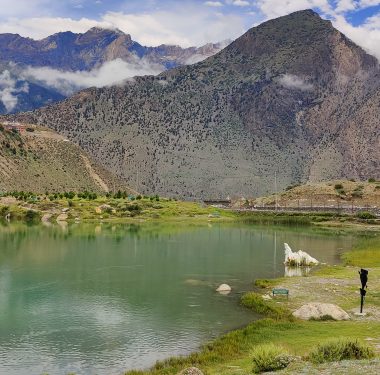To film in Nepal, you must obtain both a general film permit and, depending on your chosen location, additional location-specific permits. Here’s a step-by-step guide to help you navigate this process:
- Obtaining a General Film Permit
Step 1: Prepare Necessary Documents
You will need the following documents:
- Application Letter: A formal letter addressed to the Nepal Film Development Board (NFDB) detailing your project, including the purpose of the film, the nature of the content, and the intended locations.
- Script or Synopsis: A detailed script or synopsis of your film or project.
- Production Schedule: A clear outline of the filming schedule, including dates and locations.
- Crew List: A list of all crew members, including their roles, nationalities, and passport details.
- Equipment List: A comprehensive list of all equipment you’ll be bringing into Nepal, including cameras, drones, and other gear.
- Passport Copies: Copies of the passports of all foreign crew members.
- Visa Information: Details of the visas held by the crew, usually a tourist or business visa depending on the nature of the work.
Step 2: Submit Your Application
- Submission: Submit your application and all required documents to the Nepal Film Development Board (NFDB) in Kathmandu.
- Fees: Pay the necessary fees, which vary depending on the type and scale of the production. The NFDB will provide the fee structure.
Step 3: Await Approval
- Processing Time: The NFDB usually takes about a week to review and process the application. However, it’s recommended to apply well in advance to account for any delays.
- Permit Issuance: Once approved, you will receive a general film permit that allows you to film in Nepal.
- Obtaining Location-Specific Permits
For certain locations, especially those that are culturally or environmentally sensitive, you will need additional permits:
Step 1: Identify Locations Requiring Special Permits
- Protected Areas: National parks, conservation areas, and wildlife reserves require permits from the Department of National Parks and Wildlife Conservation.
- Heritage Sites: UNESCO World Heritage Sites and other significant cultural sites, like temples and palaces, may require permission from local authorities or specific management bodies.
- Restricted Areas: Locations near borders or military installations may need permits from the Ministry of Home Affairs or the Ministry of Defence.
Step 2: Apply for Location Permits
- National Parks and Conservation Areas: Apply through the Department of National Parks and Wildlife Conservation. Your application should include the film permit from the NFDB, a detailed project description, and your environmental impact assessment (if required).
- Heritage Sites: Contact the Department of Archaeology or the local municipality responsible for the site. Submit your general film permit and any additional documentation they request.
- Restricted Areas: For border regions or areas with military presence, you may need to apply directly to the Ministry of Home Affairs or Ministry of Defence. Additional security checks and clearances might be required.
Step 3: Coordinate with Local Authorities
- Community and Local Permissions: In some cases, especially in rural or remote areas, you may also need to seek permission from local communities or village leaders. Engaging with local communities can help ensure smooth operations and local support.
Step 4: Pay Fees
- Location-Specific Fees: Additional fees may be required for certain locations, especially in protected or heritage sites. Ensure you have a clear understanding of all costs involved.
Step 5: Obtain Permits
- Permit Issuance: Once your applications are approved, you will receive the necessary location-specific permits. Carry these permits with you at all times during filming, as local authorities may request to see them.
- During Filming
- Compliance: Ensure that your crew complies with all permit conditions, including any restrictions on areas where filming is allowed, drone usage, or environmental guidelines.
- Respect Local Culture and Environment: Be mindful of cultural sensitivities and environmental impact, particularly when filming in religious or natural sites.
- Post-Production Considerations
- Exit Procedures: After filming, ensure all equipment is properly declared when exiting Nepal, and that you comply with any customs requirements.
- Final Reporting: Some permits may require you to submit a copy of the finished film to the relevant authorities, especially if filming was conducted in sensitive areas.
By following these steps, you can obtain the necessary permits for filming in Nepal, ensuring a smooth and legally compliant production process.





